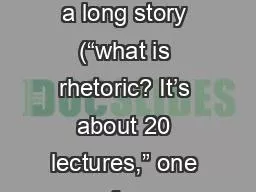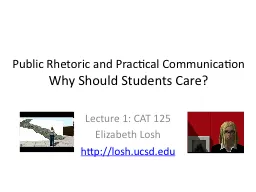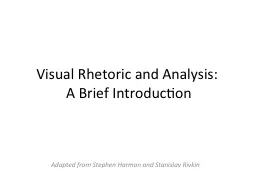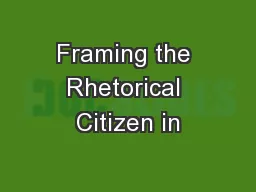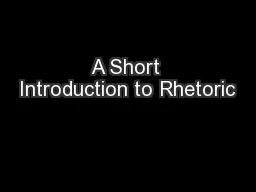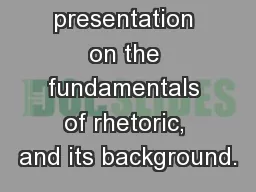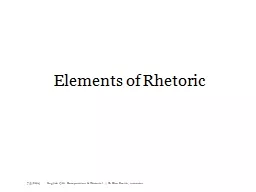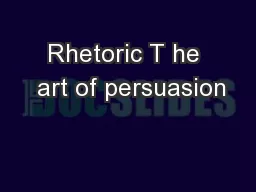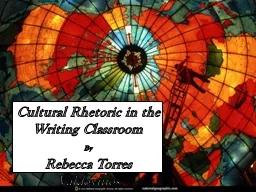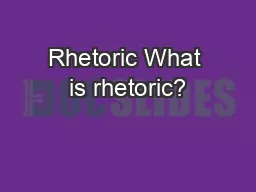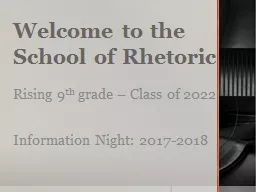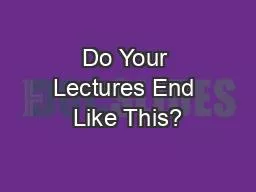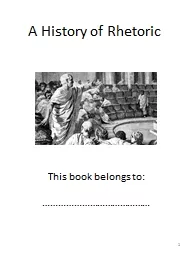PPT-What is Rhetoric? It’s a long story (“what is rhetoric? It’s about 20 lectures,”
Author : fluental | Published Date : 2020-06-23
Rhetoric began 2500 years ago as the study of the forms of communication and argument essential to public political and legal life in Ancient Greece It has since
Presentation Embed Code
Download Presentation
Download Presentation The PPT/PDF document "What is Rhetoric? It’s a long story (�..." is the property of its rightful owner. Permission is granted to download and print the materials on this website for personal, non-commercial use only, and to display it on your personal computer provided you do not modify the materials and that you retain all copyright notices contained in the materials. By downloading content from our website, you accept the terms of this agreement.
What is Rhetoric? It’s a long story (“what is rhetoric? It’s about 20 lectures,”: Transcript
Download Rules Of Document
"What is Rhetoric? It’s a long story (“what is rhetoric? It’s about 20 lectures,”"The content belongs to its owner. You may download and print it for personal use, without modification, and keep all copyright notices. By downloading, you agree to these terms.
Related Documents

